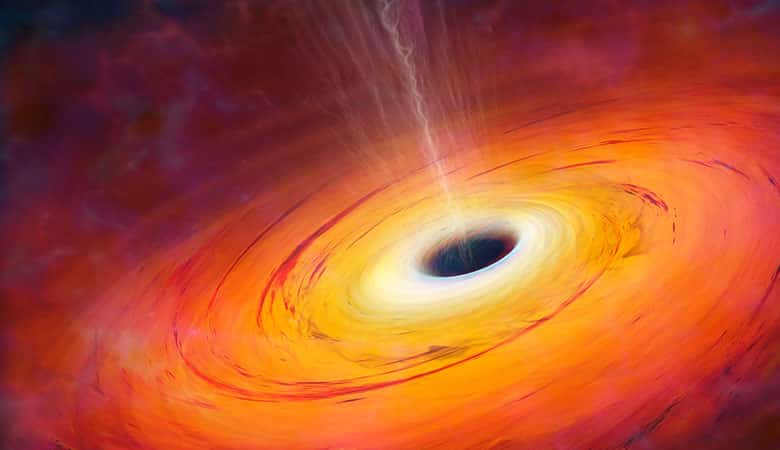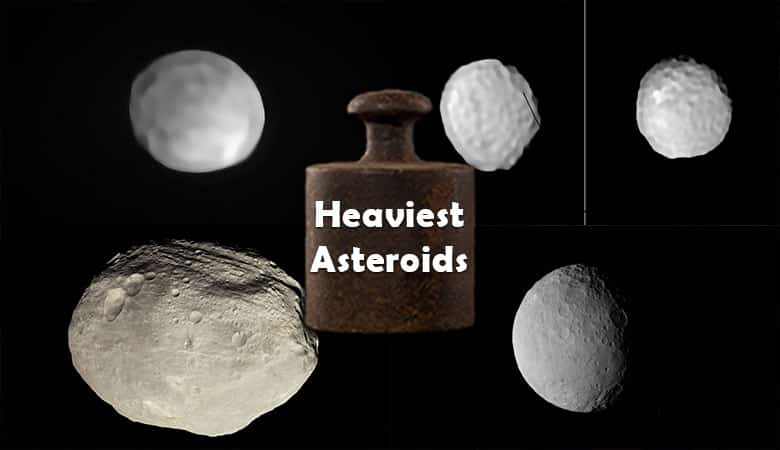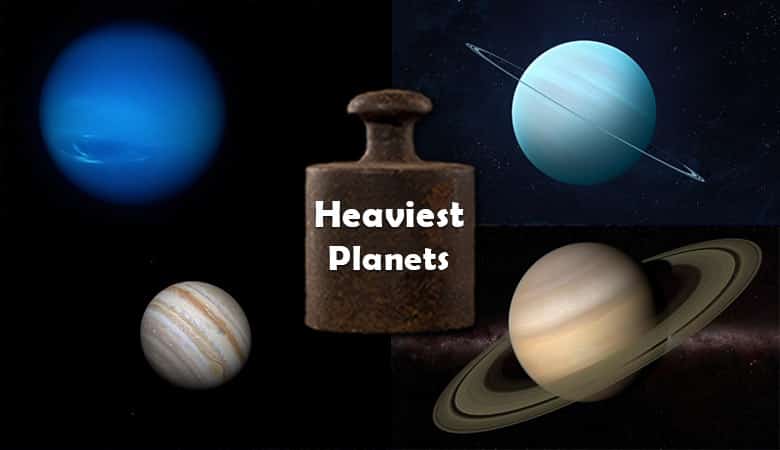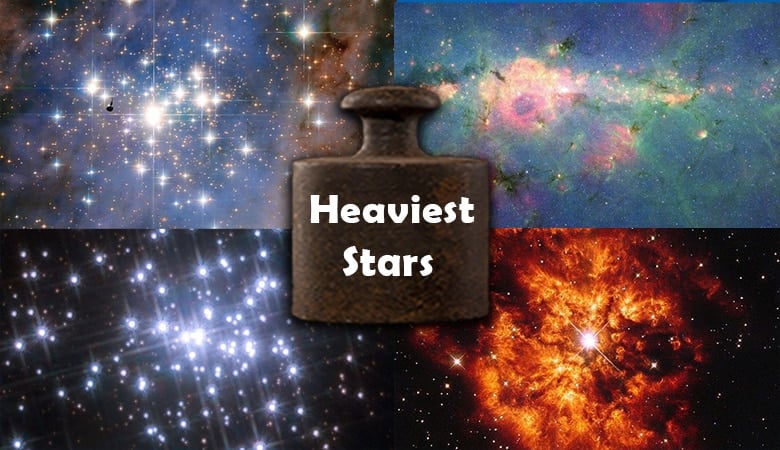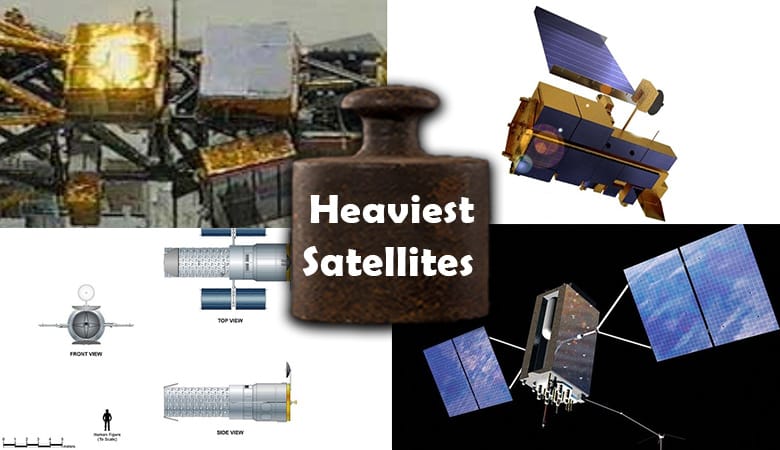Space is the final frontier. For centuries, we have looked at planets and stars in the galaxy, but we were limited to what we were able to understand. Like everything on Earth, even stars have their own weight, but how much does a star really weigh?
How much does a star weigh? While we cannot determine the exact weight of star, science is advancing to let us get closer than ever before. Gravity plays a huge role in how much something weighs. The gravitational pull of a star can be compared to planets and stars around it. The orbit of a star determines the mass of it, and the size of the star determines the life of the star.
Stars are some of the most fascinating bodies in our galaxy. The closer we get to learning more about space, the more we learn about everything else. While we cannot determine precisely how much a star weighs, we are getting closer to finding new ways to make it a reality.
How Much Does a Star Weigh?
All of the stars in our galaxy and beyond have a definite mass to them. This weight can range anywhere from beyond the weight of the sun to just a small portion. Like humans, stars can change colors and even temperature as they age, which is why the mass of some stars is difficult to determine. The weight of a star can also be hard to decide on because some stars have their own gravitational atmosphere that impacts the pull the star has on other stars and planets.
Three of the most popular ways for the weight of stars to be determined is by understanding the gravitational pull that stars can have on other stars as well as planets. It can also be determined by understanding how hot the star burns, but that temperature changes as the star ages. Particular stars such as Main Sequence stars can even have their mass determined by the color of light they give off.
You may be wondering why we even want to weigh them in the first place. Knowing the weight of a star helps us find out more about our galaxy, and it expands our knowledge of the life cycle of stars. This life cycle helps us find out more information about other plants in our solar system.
Are Mass and Weight the Same Thing?
To put it, no. If you are referring to the mass or weight of an elephant, you can typically use those terms interchangeably, but that does not mean they are the same. However, in reference to our galaxy, they have very different meanings. So what are the actual differences in terms of mass and weight?
- Mass: Mass equals the number of protons, neutrons, and electrons combined. The mass of an object includes everything that that object is made of. Mass is typically measured in kilograms or grams. Mass will never change as long as the object remains whole.
- Weight: When you consider the weight of an object, you are considering the gravitational pull that the object has. This is true on Earth and in space. How stars interact with other stars or planets is relevant to the weight of that object. Weight is connected to the gravity field that you are in.
Mass and weight are not going to be the same. The mass of something on Earth is going to be the same as the mass of something on Mars. When it comes to weight, our atmosphere does not have the same gravitational field as other plants.
Solar mass is often the measurement used to determine the weight of a star. One solar mass is equal to roughly 4.385e+30. It was created due to the actual mass of cosmic bodies being too dense for measurement in kilograms.
How Do You Weigh a Star?
Most people will say that the easiest way to understand the weight of a star is to compare the gravitational pull it has in comparison to other stars in the galaxy. The way two stars pull on each will reflect the orbit that it has. The only problem with this is that not all stars are close to others, which makes it impossible to identify the gravitational pull it may have. If a star is near a planet, the gravitational pull may have a “wobble” that they can identify.
The mass of a star can also be determined by the temperature at which it burns. The larger the star, the hotter the temperature will be. While this seems definitive, it also has faults. As a star ages, it will measure hotter than younger stars. This theory is also only relative to stars that have been formed by fused hydrogen atoms, main-sequence stars.
The last leading theory is that the mass and age of a star can be determined by the light they give off. Blue stars are the hottest burning around 25,000 K with the colors white, yellow, orange, and red following in decreasing order.
It’s important to remember that mass and weight are not the same. While it is essential to be able to identify specific information about a star, the mass of the star you see may not necessarily be the same weight, and the size of a star does not always determine the weight.
Do All Stars Weigh the Same?
Our universe is full of different types of celestial bodies. Some stars can be over 600 million miles while some may be the size of your favorite theme park. As we know, stars differ in mass, temperature, and even the color that they give off. Just as oranges are not all the same weight, stars are not equal either.
- The Sun: The sun is considered to be an average star. It is the closest star to planet Earth and is trillions and trillions of kilograms in mass. While this may seem huge, 1% of stars make the sun look like a freckle. The largest star we know of is R136a1, which has a mass of over 265 solar masses. Once the sun has lived out the estimated 10 billion years it has, it will grow to be a red giant, which can be up to 300 times the size it is now.
- A White Dwarf: Once an average star has burnt to capacity, it will become what is known as a white dwarf. White stars are formed when the stellar core of a star is exposed. White Dwarfs are interesting because the smaller diameter a white dwarf has, it has a higher mass. These stars eventually die as they are no longer producing energy to stay alive. A teaspoon of a White Dwarf could weigh up to 15 tons.
- Main Sequence Stars: About 90% of our galaxy is made up of main-sequence stars. As we know, they are a product of fused hydrogen atoms that form helium cores. Main sequence stars have a wide range of possible sizes. The larger the star, the longer it can live.
- Neutron Star: Neutron Stars are formed from the collapse of a supernova. At a specific size, the electrons and protons that are part of the mass of the supernova will form neurons and eventually combine into a neutron star. Although they can be small in size, their mass can be enormous due to them being so compact. Neutron stars are roughly the size of a small city, but they outweigh the sun. It is estimated that one teaspoon of the material of a neutron star would weigh around 4 billion tons.
Sources:
https://archive.briankoberlein.com/2017/12/30/how-to-weigh-a-star/index.html
https://concord.org/blog/how-much-does-a-star-weigh/
https://www.exploratorium.edu/ronh/weight/
https://earthsky.org/space/star-weight
https://www.wired.com/story/think-weight-and-mass-are-the-same-nope-and-heres-why-it-matters/


